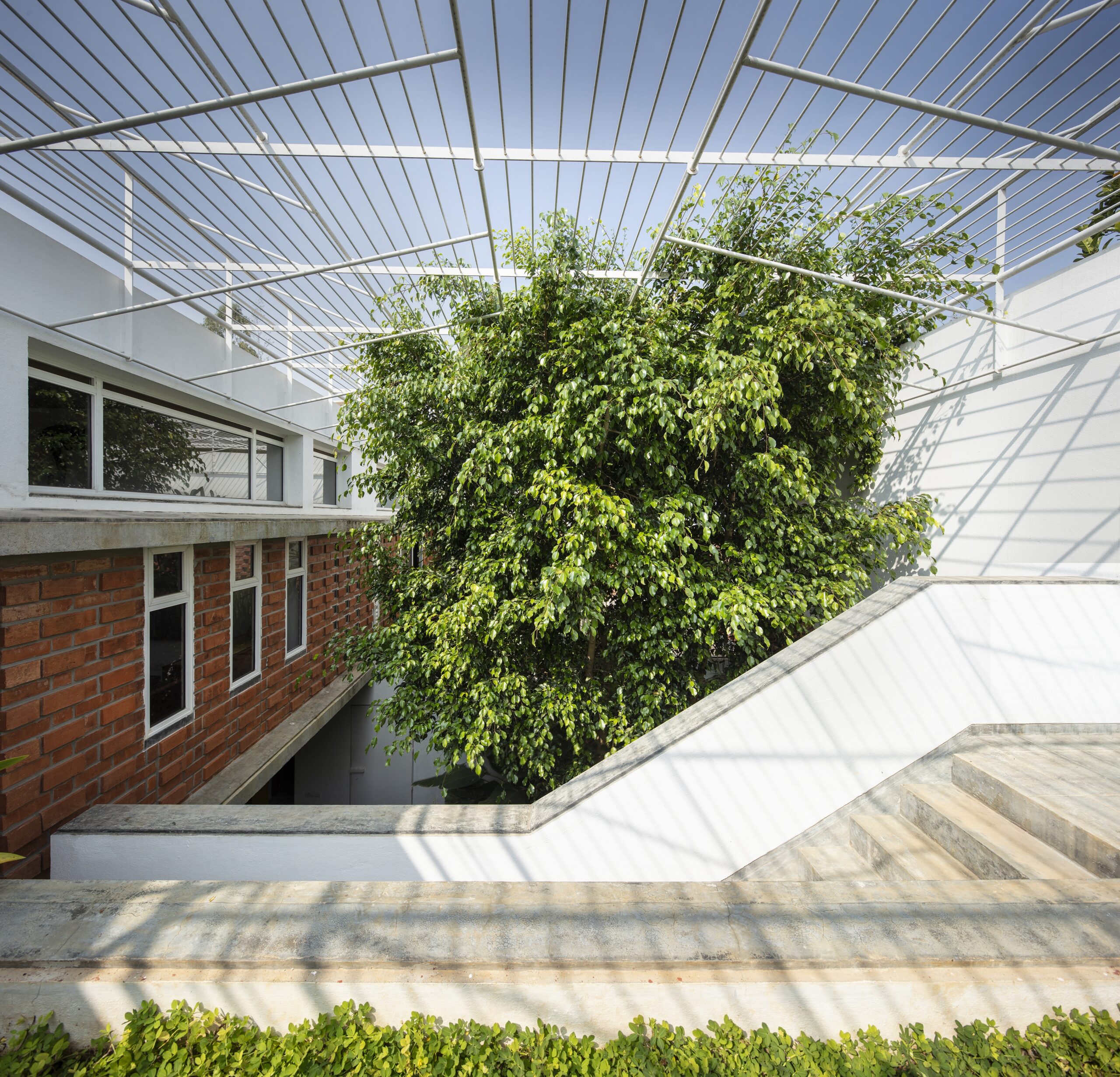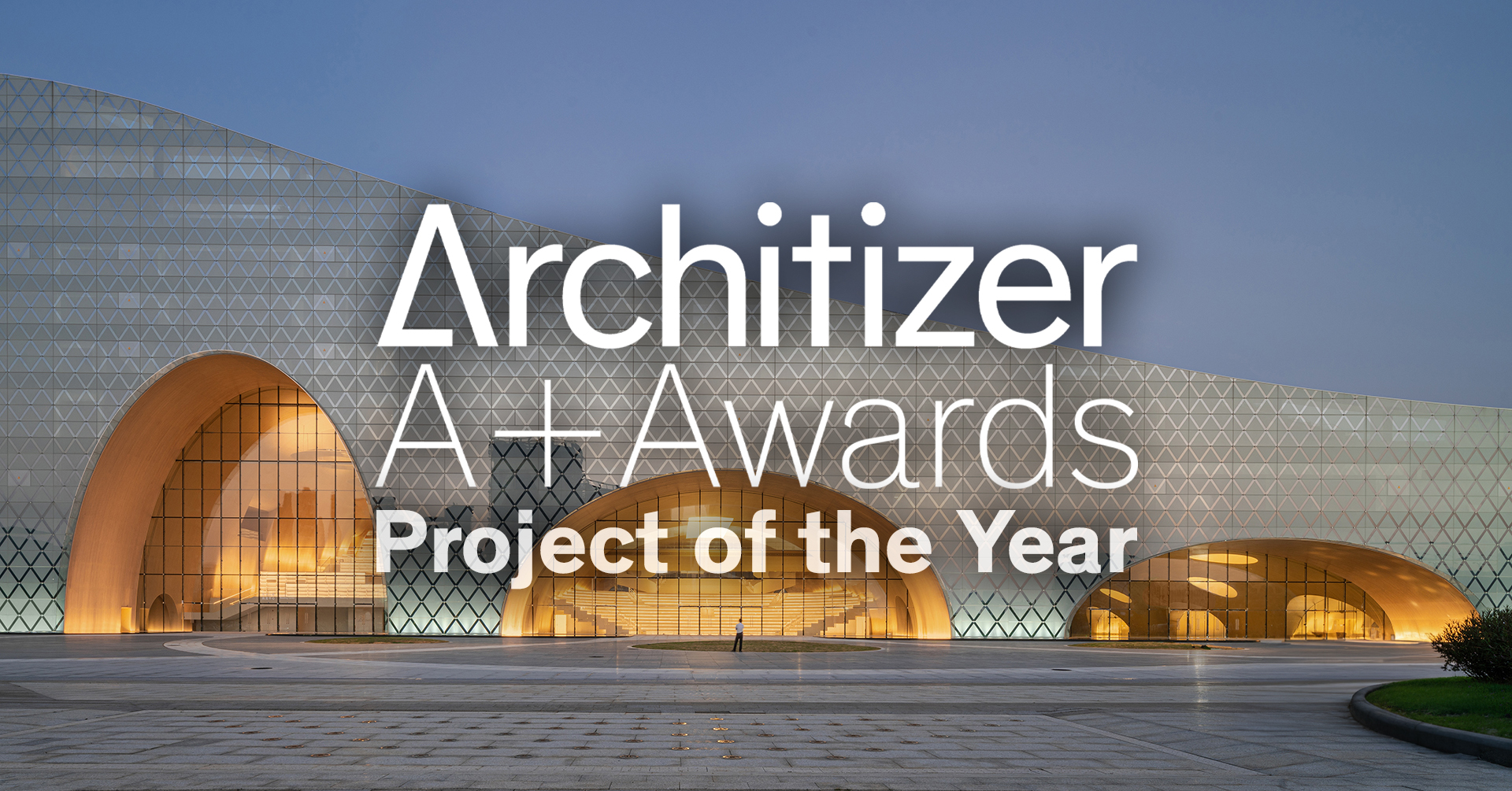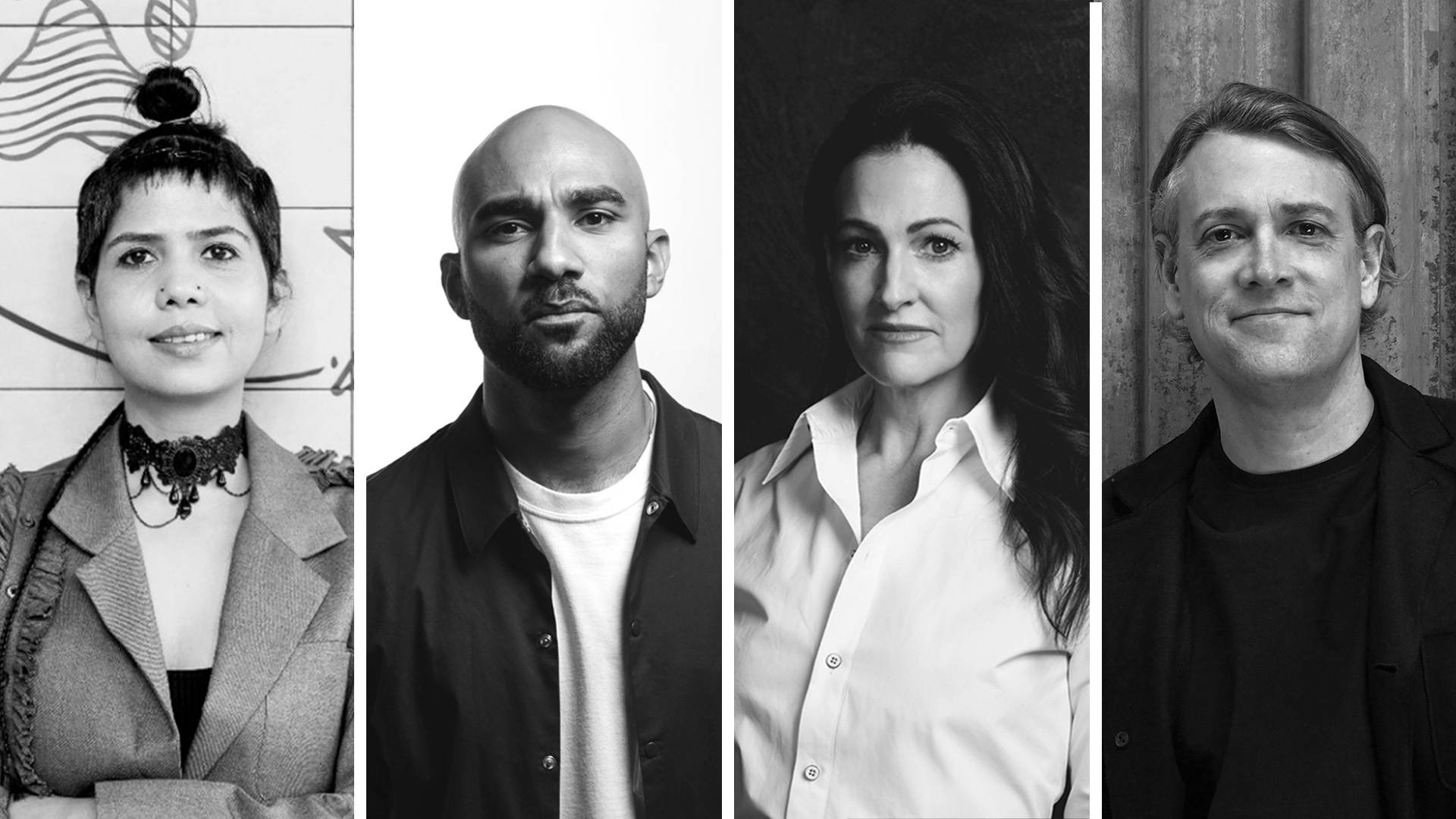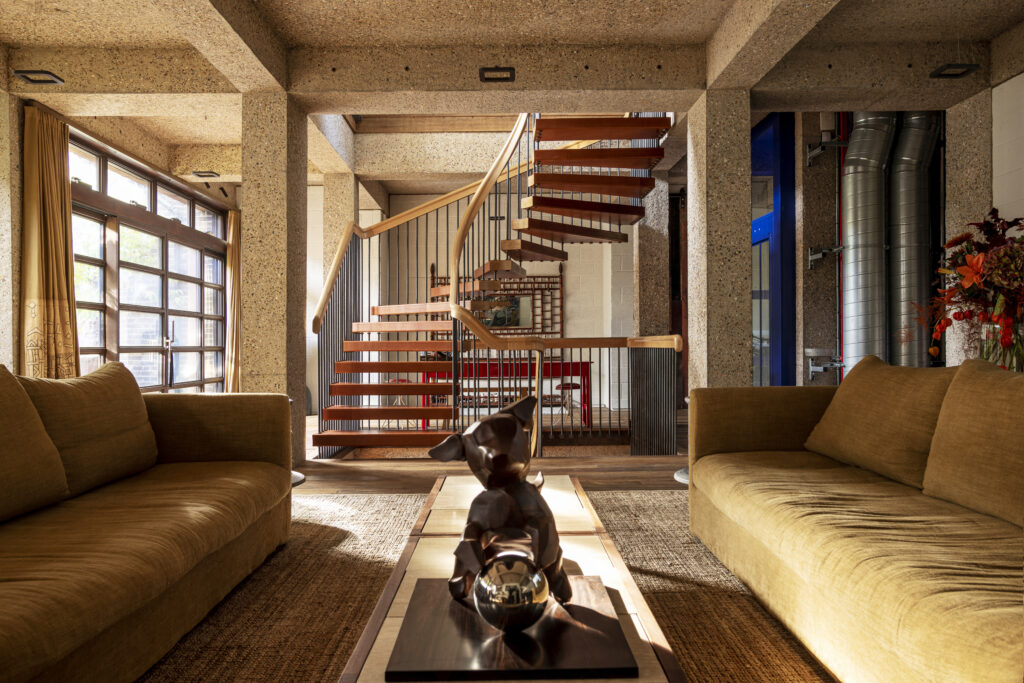New Benchmarks: The Powerful Role of Public Parks in the 21st Century
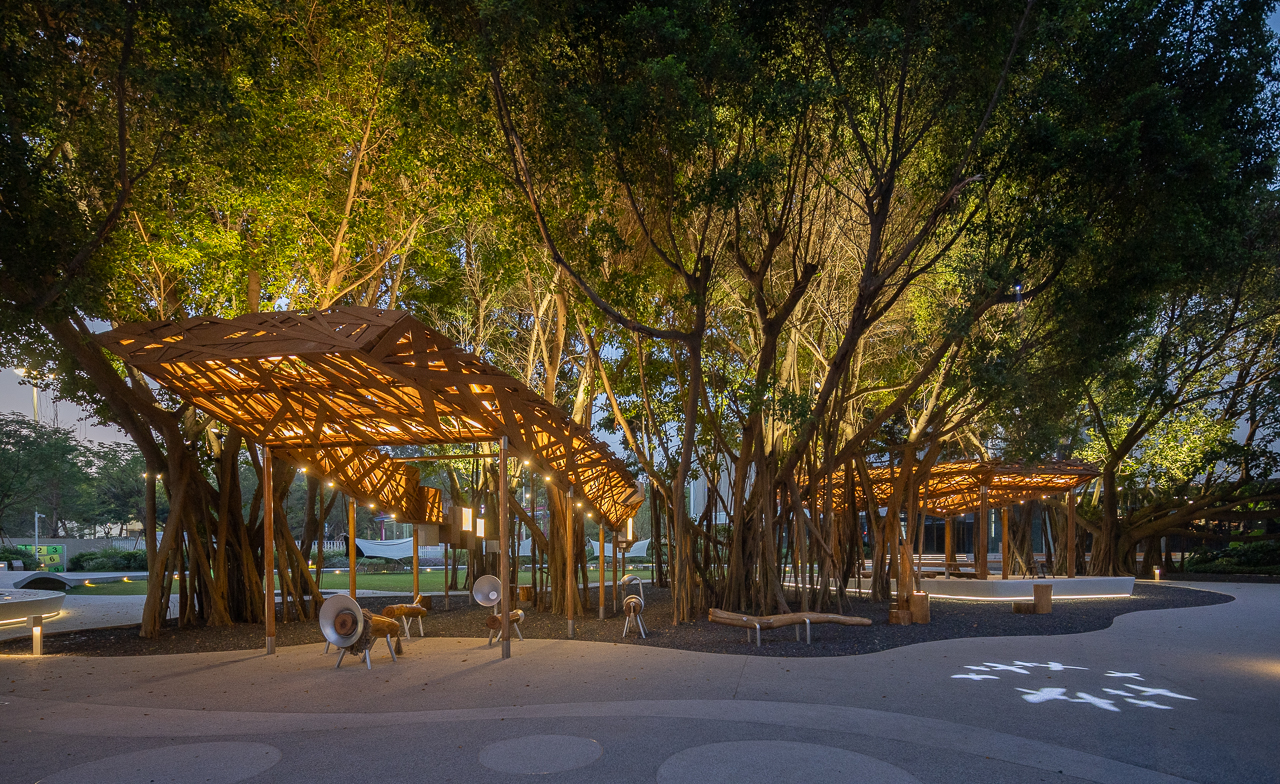
The winners of the 13th Architizer A+Awards have been announced! Looking ahead to next season? Stay up to date by subscribing to our A+Awards Newsletter.
Parks, where we can breathe and escape from the chaos of the city and nature in living spaces surrounded by reinforced concrete structures, play a major role not only for the environment but also for our physical, mental and social health. Unfortunately, these important areas are often pushed to the back during the urban planning process. However, protecting and increasing them is essential for building healthy cities. We can understand this better when we look at the greenest cities in the world. For example, according to the World City Culture Forum, 68% of Oslo, 50% of Vienna and 49.2% of Edinburgh consist of public green areas.
Vondelpark in Amsterdam is a good example of this. Covering an area of 116 acres (47 hectares), this park is one of the favorite escape spots for both locals and tourists with its open-air theater, playgrounds, cafes and restaurants, ponds and walking paths. The fact that the 4,500 trees in the park belong to exactly 150 different species shows how rich this area is as a living ecosystem.
Another example is Central Park in New York. This huge green area of 341 hectares hosts millions of visitors and stands out as the most visited urban park in the US. This park, which stands like an oasis in the middle of busy city life. It is home to more than 170 tree species.
Let’s take a closer look to important aspect of parks in city, how they improve city life from physical to mental:
1. Opportunity for Physical Activity

Rosemont Park – The Urban Oasis by Projet Paysage | Photo by Vincent Brillant
Parks provide a great environment for those who want to exercise and live an active life. Opportunities such as walking paths, running tracks, sports fields and outdoor fitness equipment allow people to move in touch with nature. In addition, organized group activities, yoga classes and sports tournaments turn physical activity into a social experience.
For example, Rosemont Park, designed by Projet Paysage, exemplifies modern urban design, featuring technologies and installations that promote social and ecological care. The park consists of three interconnected areas: The Plaza, The Glade, and The Urban Woodland. It serves as both a communal leisure space and a serene retreat for city dwellers. The Plaza, with bespoke urban furniture and a mist fountain, is a year-round meeting spot for local communities. The Glade, covered in clover, Provides an open circular area contrasting with the densely built residential neighborhood — an ideal space for exploration and physical activity.
2. Community and Social Interaction

Urban Park by Espace Libre, Grand-Couronne, France
Parks are places where people meet, not only with nature, but also with people. Concerts, open-air movie screenings, marketplaces, festivals… All these activities allow people to come together and socialize. Such gatherings strengthen neighborhood ties, open doors to new friendships and reinforce the sense of belonging in the city.
Such as, The Jesse Owens park in Grand-Couronne (Seine-Maritime), designed by Espace Libre, was inaugurated in September 2018. Open to all ages with designated areas for sports, games and relaxation, it serves its purpose as an urban park. Originally an enclosed sports area, a key challenge was creating a public space that connects the municipality’s various sections and fosters social interaction. New pedestrian paths integrate these spaces while minimizing interaction with private areas. Additionally, the park’s entrances accommodate both pedestrian and vehicle flows safely.
3. Mental Health and Well-Being

Oxygen Park by AECOM, Education City, Doha | Photo by Markus Elblaus
Spending time in touch with nature helps reduce stress, improve mood and relieve mental fatigue. Scientific studies show that time spent in green spaces reduces anxiety levels and increases focus. Even a short walk can have a relaxing effect in the busy pace of the city.
For instance, designed by AECOM, Oxygen Park is taking the elemental life-force of oxygen as its inspiration. It is a unique public space designed for health and wellbeing in a desert environment. The wind-eroded rocks and fluid land formations of the desert inspire the park. The path and running tracks are embedded in the topography to create an exciting training ground with looping tracks, cooled tunnel segments and steep hills.
4. Protecting Biodiversity

Treetopia Park of Animals by Antao, Guangzhou, China
Urban parks are a habitat not only for humans but also for plant and animal species. Birds, insects and small mammals live in the natural areas offered by parks. In this way, the diversity of nature is kept alive within the city. At the same time, these areas are living open-air laboratories where children and adults can observe nature.
Treetopia Park of Animals, designed by Antao, aims to create a “community of life between human beings and nature,” which has profound implications. It redefines urban nature parks by condensing diverse local ecosystems beneath the centuries-old banyan trees in Guangzhou, forming an interaction between natural science and art. This creates an urban nature and art park that combines museum exploration with nature study.
5. Providing Clean Air
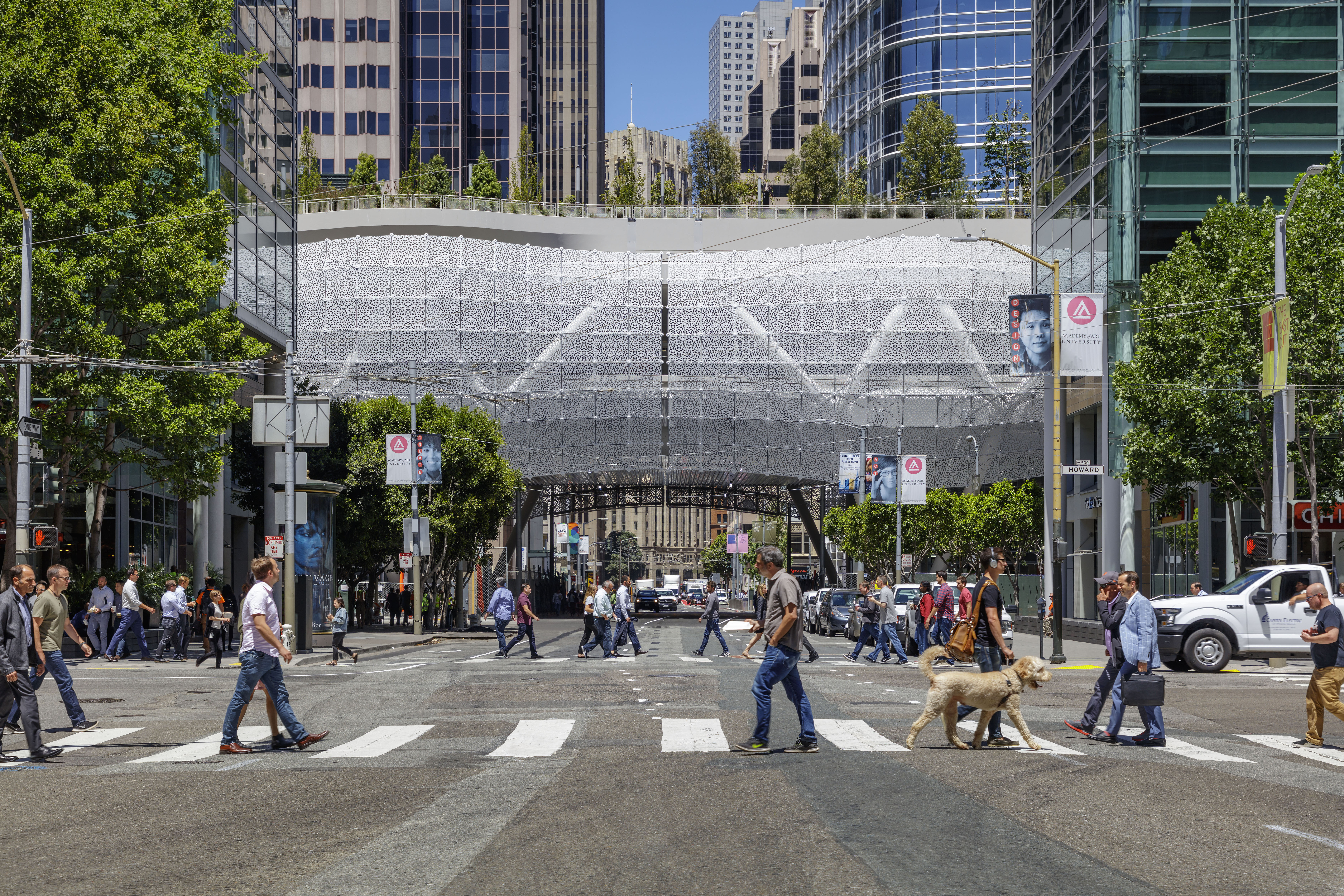
Salesforce Transit Center Park by PWP Landscape Architecture with Pelli Clarke & Partners, San Francisco, California
Trees in parks filter polluted air and create a cleaner respiratory environment. This provides a serious public health advantage, especially in big cities where air pollution is intense. It also contributes to the reduction of diseases such as asthma and respiratory diseases.
One example of this approach is Salesforce Transit Center Park, a multi-modal transit centre in downtown San Francisco links eleven transit systems and connects the city to the region, the state and the nation. The sustainable design features a 5.4-acre (2.2 hectare) rooftop park that has become the central public open space during the development of a new mixed-use neighborhood around it. The park is bordered by a series of thirteen feature gardens that focus on plant species specifically adapted to the unique climate of the Bay Area, and even more specifically, to the microclimates found on this urban rooftop.
6. Economic Contributions

Jingkai Central Park by Guangzhou S.P.I Design, Nanchang, China
Parks are valuable not only environmentally but also economically. Real estate values in areas close to parks increase, which in turn revitalizes local economies. Parks also encourage tourism, increase local business revenues, and create jobs in maintenance, security, and event management.
One such project is Jingkai Central Park, which is located at the heart of Nanchang’s Economic and Technological Development District, north of the city centre. Designed in 2021, the goal of the design is to bridge real estate and construction with living. As the first phase of the overall masterplan, the central park initiates a rehearsal for the varied communal lives of the involved neighborhood.
7. Cultural and Recreational Activities
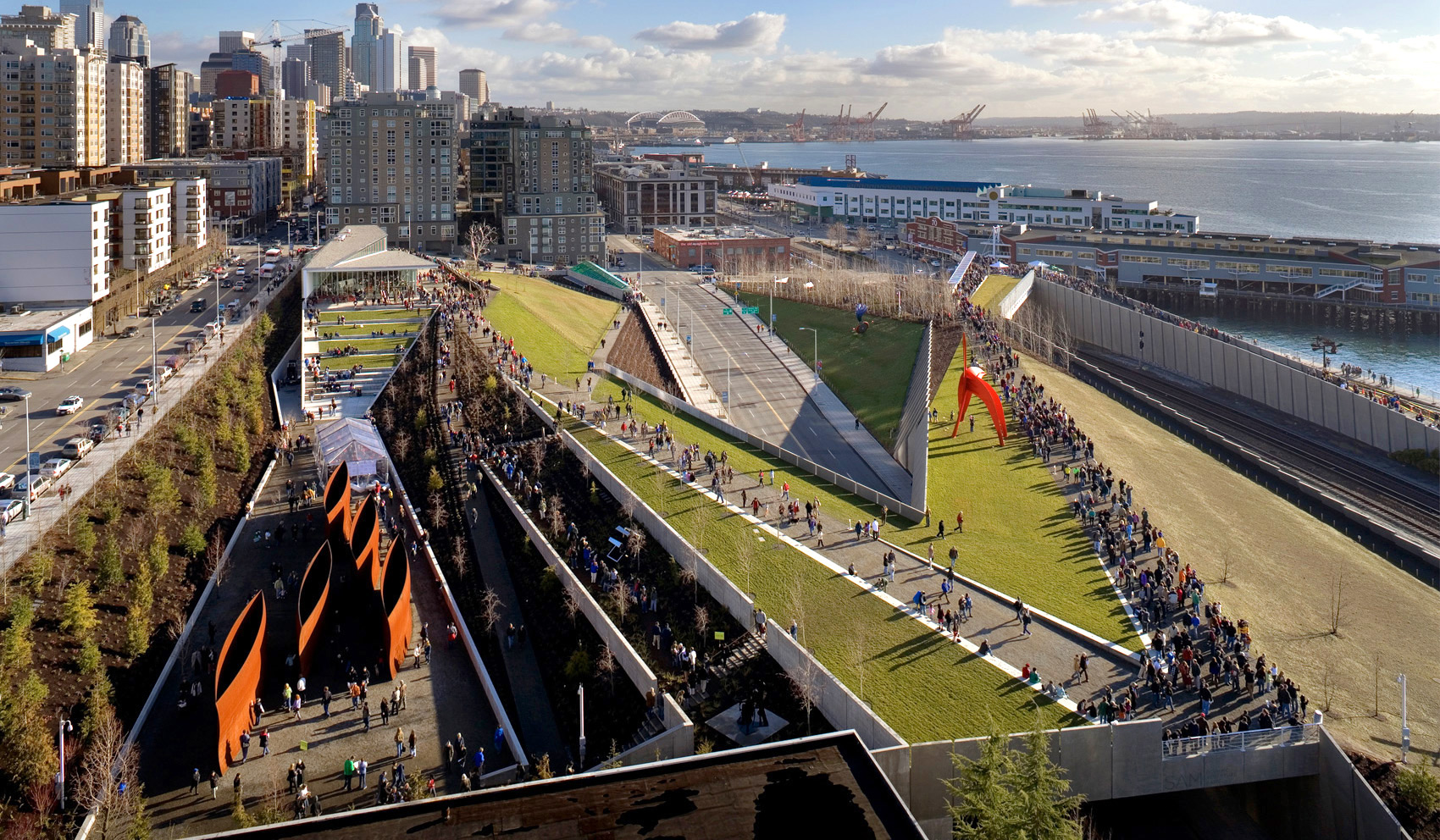
Seattle Art Museum: Olympic Sculpture Park by WEISS/MANFREDI Architecture/Landscape/Urbanism, Seattle, Washington | Photo by Ben Benschneider
Parks are places where culture meets nature. They bring art together with the public through events such as art exhibitions, theater performances and workshops. They also provide educational areas on topics such as environmental awareness and sustainability. This adds cultural richness and social awareness to urban life.
For example, Seattle Art Museum’s Olympic Sculpture Park, imagined as a new model for an urban sculpture park, is situated on an industrial site at the water’s edge. The design creates a continuous constructed landscape for art, forms an uninterrupted Z-shaped “green” platform, and descends 40 feet from the city to the water, capitalizing on views of the skyline and Elliott Bay while rising over the existing infrastructure to reconnect the urban core to the revitalized waterfront.
The winners of the 13th Architizer A+Awards have been announced! Looking ahead to next season? Stay up to date by subscribing to our A+Awards Newsletter.
The post New Benchmarks: The Powerful Role of Public Parks in the 21st Century appeared first on Journal.





















